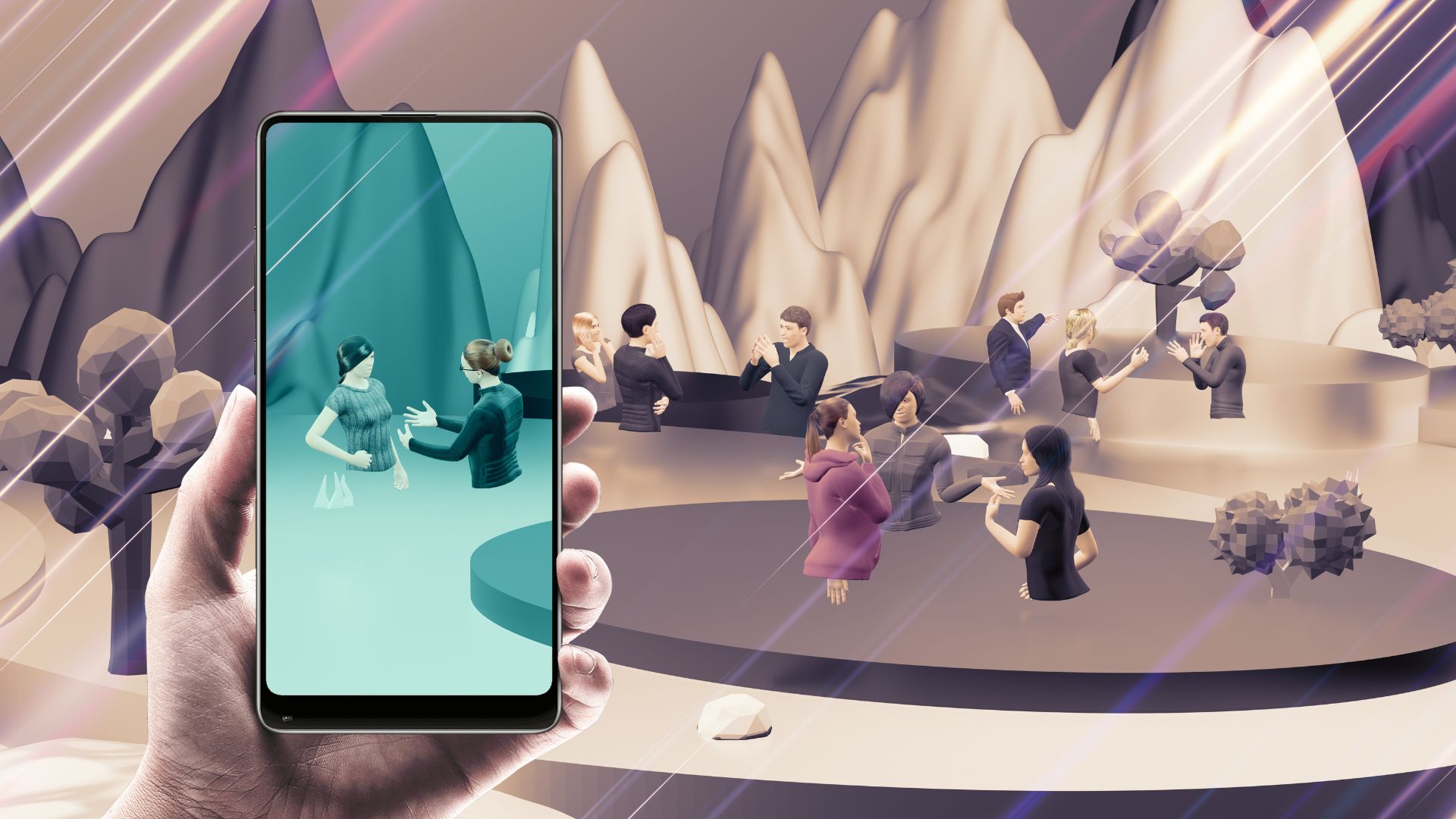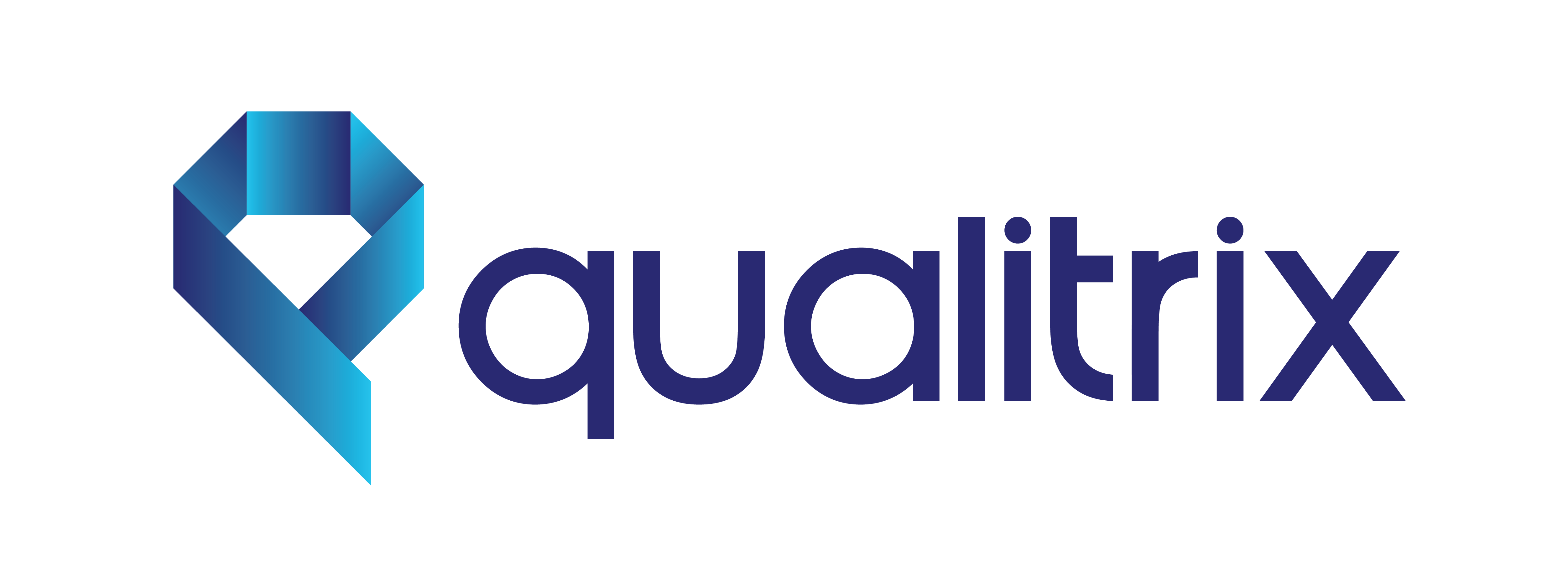
As the metaverse environment unfolds, we have witnessed the beginning of a new era and observed digital future products come into force. The metaverse has the potential to revolutionize how humans work, play, interact, and learn, making it an influential force in different sectors.
Supposedly, new technology introduces new risks and problems that must be communicated in order to curate a successful and engaging user experience. As a result, this is where metaverse testing comes into play.
By adopting usability testing before the launch, tech businesses can identify and prevent any issues that could negatively affect user engagement, retention, and customer satisfaction as well as make sure to develop a seamless digital realm.
Usability Testing: A Closer Look
Usability testing is a technique for assessing the usability and overall user experience of a product, system, or service from the perspective of actual users. The primary purpose is to detect any usability flaws and gain insights on how to improve the design in order to improve the user’s satisfaction and efficiency.
While performing usability testing, a group of representative users are invited to interact with the product or system in a controlled environment. Users are assigned particular tasks which often mimic actual scenarios and researchers collect data on users’ interaction, behavior, and feedback while users complete such tasks.
Unpacking the Importance of Usability Testing in the Metaverse
Usability testing is becoming increasingly important as metaverse technology becomes more complicated and interconnected, with an increasing number of devices and platforms requiring compatibility and performance testing.

Therefore, following are some significant reasons for the need of usability testing in this controlled virtual environment:
-
Identifying Design Flaws
Usability testing assists in identifying design problems and inefficiencies in virtual environments. Developers can identify areas where users struggle or face difficulties on the basis of user interactions and feedback. This enables businesses to make educated design changes and enhance the overall efficiency of the metaverse experience.
-
Enhancing User Satisfaction
Usability testing helps in the identification of pain areas, usability concerns, and user frustrations in the metaverse. Therefore, developers can enhance the entire user experience by recognizing and addressing these challenges, which leads to higher user satisfaction and engagement.
-
Adapting to User Diversity
The metaverse environment can be utilized by a wide range of users, including those with various levels of digital literacy and ability. Thus, usability testing guarantees that the metaverse environment caters to a diverse variety of users and meets their individual requirements.
-
Building Trust and Credibility
A well-designed and user-friendly metaverse environment curates trust among real-time users. Users are more inclined to trust the platform and engage in meaningful conversations, partnerships, and transactions.
-
Competitive Advantage
Platforms with stronger user experiences can stand out and attract more people in a competitive metaverse landscape. By creating a better and more delightful user journey, usability testing can provide an edge over competitors.
Top 10 Different Usability Testing Methodologies
To ensure unique virtual environment and user interactions, usability testing in the metaverse necessitates certain creative and adaptable methodologies. Here are some different usability testing methods that can be applied efficiently in the metaverse:
-
Remote Testing
Due to metaverse’s inclusive and distributed nature, remote testing enables researchers to collect data from participants situated anywhere in the globe, ensuring varied input and removing geographical limits. Remote testing can include screen sharing, remote observation, or specific task fulfillment.
-
Virtual Walkthroughs
Virtual walkthroughs entail real-time users through specified activities or scenarios while analyzing their interactions within the metaverse environment. Virtual walkthroughs can be carried out by utilizing screen sharing technologies or by directly watching participants within the virtual environment.
-
A/B Testing
A/B testing is the process of producing different versions of virtual environments or interfaces in order to determine which design works better in terms of customer satisfaction and task completion. This methodology allows the comparison and optimization of various design methods.
-
Eye Tracking and Biometric Analysis
In the metaverse, eye tracking technology can be used to measure users’ attention within the virtual world. Furthermore, biometric analysis techniques such as detecting facial expressions or assessing physiological reactions can give information about users’ emotional involvement and overall experience.
-
Surveys and Questionnaires
Traditional survey methodologies can be used to collect quantitative data and measure user happiness, accessibility, and overall perceptions within the metaverse environment. Furthermore, surveys can be distributed before and during usability testing to capture users’ expectations, preferences, and changes in perception.
-
Collaborative Testing
Collaborative testing involves incorporating various participants in the testing procedure at the same time. This method enables participants to collaborate, discuss, and share comments in real time, resulting in a more dynamic and interactive testing environment.
Final Words
Usability testing is becoming increasingly important in designing user-centric virtual environments. Metaverse testing fosters consistent and interesting virtual experiences while also providing significant insights about user behaviors, preferences, and pain areas in virtual environments.
By following best practices and utilizing proper approaches, developers and tech designers can optimize user interfaces, bridge the gap between user expectations and experiences, and constantly enhance the metaverse experience based on user input.

